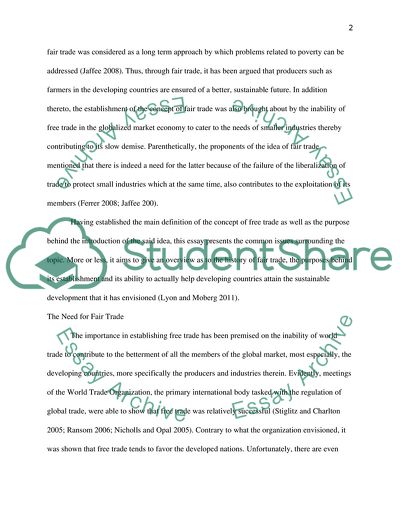Cite this document
(Fair Trade and Developing Countries Essay Example | Topics and Well Written Essays - 2000 words - 1, n.d.)
Fair Trade and Developing Countries Essay Example | Topics and Well Written Essays - 2000 words - 1. https://studentshare.org/sociology/1754443-fair-trade-and-developing-countries
Fair Trade and Developing Countries Essay Example | Topics and Well Written Essays - 2000 words - 1. https://studentshare.org/sociology/1754443-fair-trade-and-developing-countries
(Fair Trade and Developing Countries Essay Example | Topics and Well Written Essays - 2000 Words - 1)
Fair Trade and Developing Countries Essay Example | Topics and Well Written Essays - 2000 Words - 1. https://studentshare.org/sociology/1754443-fair-trade-and-developing-countries.
Fair Trade and Developing Countries Essay Example | Topics and Well Written Essays - 2000 Words - 1. https://studentshare.org/sociology/1754443-fair-trade-and-developing-countries.
“Fair Trade and Developing Countries Essay Example | Topics and Well Written Essays - 2000 Words - 1”. https://studentshare.org/sociology/1754443-fair-trade-and-developing-countries.


